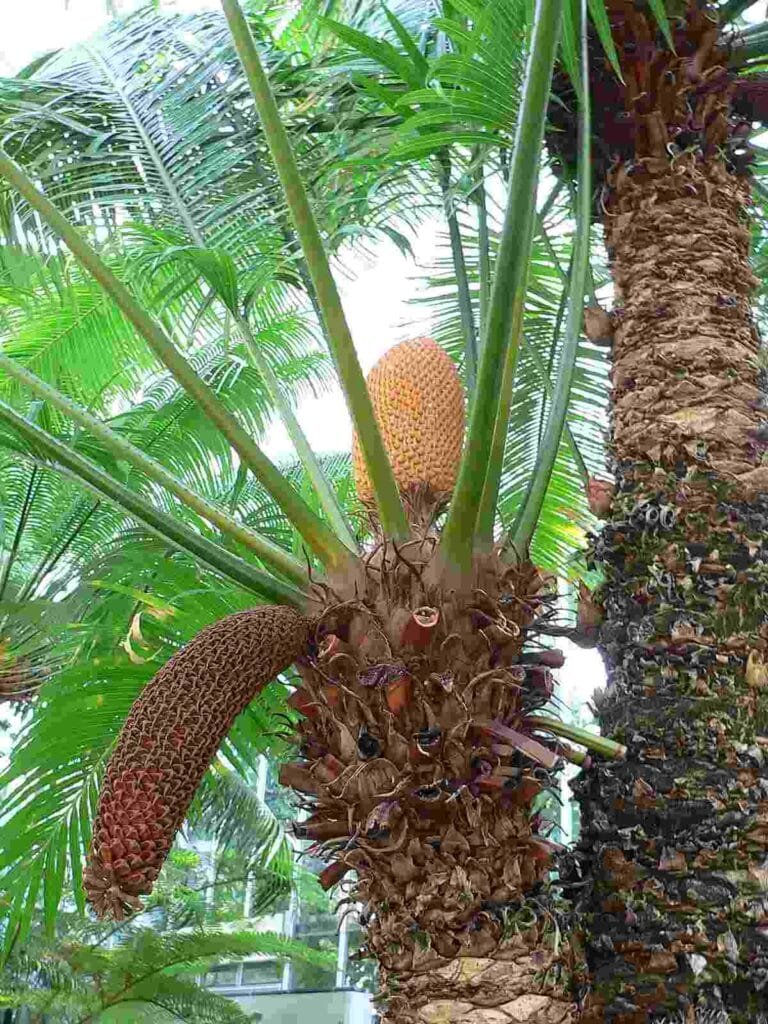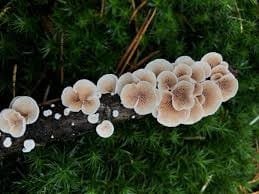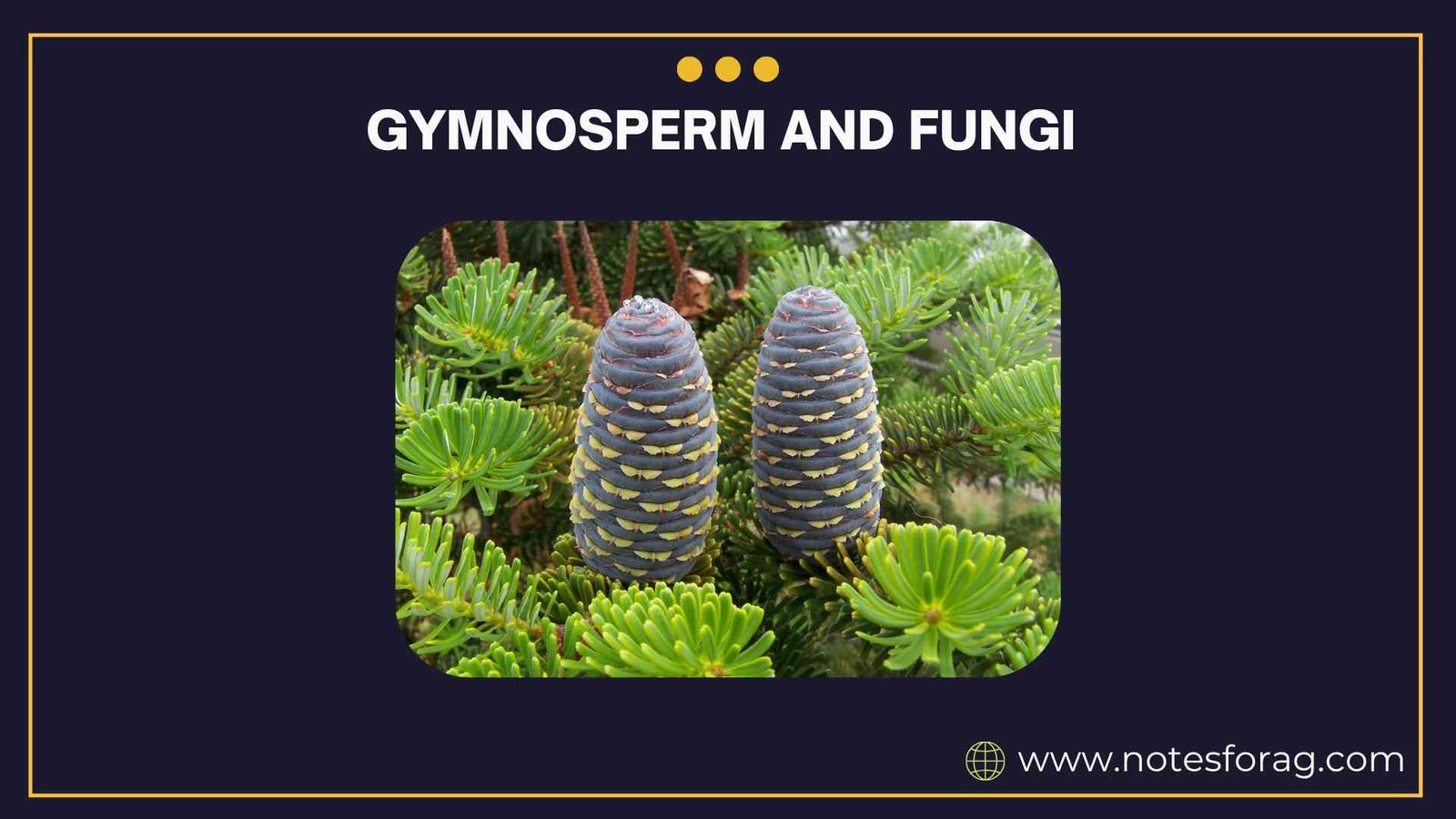INTRODUCTION
Plants show a vast diversity, and among them, Gymnosperms and Fungi are two important groups that differ in structure, reproduction, and ecological roles. Gymnosperms are non-flowering seed-producing plants, while fungi are a separate kingdom of organisms that play essential roles in nutrient cycling, decomposition, and even symbiotic relationships with plants. Understanding these groups is crucial to appreciate plant diversity and the balance of ecosystems.
SUMMARY OF GYMNOSPERM AND FUNGI
- Gymnosperms are seed-producing plants with exposed seeds, mostly found on cones, and include pines, firs, and cycads.
- Fungi are non-green, non-photosynthetic organisms that decompose organic matter and reproduce via spores, including molds, yeasts, and mushrooms.
- Both gymnosperms and fungi play vital ecological roles gymnosperms in forest ecosystems and fungi in nutrient cycling and decomposition.
Table of Contents
GYMNOSPERMS

1. Definition
Gymnosperms are a group of seed-producing plants that do not form flowers or fruits. Their seeds are exposed or “naked,” typically developing on the surface of scales or leaves called cones. Examples include pine, fir, and cycads.
2. Characteristics of Gymnosperms
- They are vascular plants with xylem and phloem for transportation of water and food.
- Seeds are not enclosed in fruits; they develop openly on cone scales.
- They have needle-like or scale-like leaves adapted to prevent water loss.
- Gymnosperms mostly have deep root systems and woody stems.
- They reproduce through male and female cones.
3. Classification of Gymnosperms
3.1 Cycadophyta (Cycads)

Cycads are palm-like gymnosperms with large, compound leaves. They are slow-growing and have separate male and female plants (dioecious). Example: Cycas.
3.2 Ginkgophyta (Ginkgo)
This division contains only one living species, Ginkgo biloba. It has fan-shaped leaves and is also dioecious. It is known as a living fossil.
3.3 Coniferophyta (Conifers)
This group includes cone-bearing trees like pine, fir, spruce, and cedar. They are evergreen and have needle-like leaves. Conifers dominate cold climates and high altitudes.
3.4 Gnetophyta
A small group of gymnosperms with three genera: Gnetum, Ephedra, and Welwitschia. These have features similar to angiosperms and show some advanced characteristics.
4. Life Cycle of Gymnosperms
Gymnosperms have a dominant sporophyte stage. Male cones produce pollen grains, which are carried by the wind to female cones. Fertilization leads to the formation of seeds on the cone scales. These seeds then grow into new plants. There is no need for water for fertilization, as it is done by wind pollination.
5. Economic Importance of Gymnosperms
- Timber from pine and fir trees is used in construction and furniture.
- Resin and turpentine from conifers are used in paints and varnishes.
- Ephedra is used in medicines to treat asthma and allergies.
- Ornamental use in gardens and landscaping.
FUNGI
1. Definition

Fungi are non-green, eukaryotic organisms that absorb nutrients from organic matter. They include molds, yeasts, mushrooms, and toadstools. Fungi do not have chlorophyll and do not perform photosynthesis.
2. Characteristics of Fungi
- Fungi are heterotrophs, meaning they depend on other organisms for food.
- They reproduce through spores, both sexually and asexually.
- Their cell walls are made of chitin (not cellulose like plants).
- Most fungi are multicellular (except yeasts).
- They form thread-like structures called hyphae, which collectively form a mycelium.
3. Classification of Fungi
3.1 Phycomycetes
These are aquatic or live in moist environments. They reproduce asexually by zoospores and sexually by zygospores. Example: Rhizopus (bread mold).
3.2 Ascomycetes (Sac Fungi)
They produce spores inside sac-like structures called asci. They include yeasts, morels, and truffles. Example: Saccharomyces (yeast).
3.3 Basidiomycetes (Club Fungi)
These fungi bear spores on club-shaped structures called basidia. They include mushrooms, puffballs, and bracket fungi. Example: Agaricus (common mushroom).
3.4 Deuteromycetes (Fungi Imperfecti)
These fungi have no known sexual stage. Many of them are pathogenic. Example: Alternaria.
4. Mode of Nutrition in Fungi
- Saprophytic: Feed on dead and decaying matter. Example: Mucor.
- Parasitic: Live on living hosts and cause diseases. Example: Puccinia (causes rust in wheat).
- Symbiotic: Form partnerships with other organisms. Example: Lichens (fungi + algae) and Mycorrhiza (fungi + plant roots).
5. Reproduction in Fungi
Fungi reproduce through:
- Asexual Reproduction: By spores, budding, or fragmentation.
- Sexual Reproduction: Involves fusion of two nuclei, followed by meiosis.
6. Economic Importance of Fungi
- Food: Mushrooms and yeast are edible and widely used.
- Medicine: Penicillin and other antibiotics come from fungi.
- Fermentation: Yeasts help in making bread, alcohol, and cheese.
- Biocontrol: Fungi like Trichoderma are used to control pests.
- Disease: Fungi cause diseases in plants (rust, smut), animals, and humans (ringworm, athlete’s foot).
7. Harmful Effects of Fungi
- Fungi spoil food and textiles.
- They cause serious plant diseases that reduce crop yield.
- Some produce toxic substances called mycotoxins.
- Human infections caused by fungi can be difficult to treat.
CONCLUSION
Gymnosperms and fungi are crucial components of the plant and ecological world. Gymnosperms represent an ancient lineage of plants that reproduce with naked seeds and thrive in diverse environments, especially forests. Fungi, although not plants, play essential roles in ecosystems by decomposing organic material, supporting plant growth through symbiotic relationships, and contributing to food and medicine. Understanding both groups helps us appreciate nature’s complexity and find ways to use these organisms in sustainable and innovative ways.
Frequently Asked Questions (FAQs)
What are fungi in plants?
Fungi in plants are microorganisms that can either help or harm plants. Some fungi cause plant diseases, while others form beneficial relationships, like mycorrhizae, which help plants absorb nutrients from the soil.
Are all fungi harmful to plants?
No, not all fungi are harmful. While some cause diseases like rust, smut, or blight, many fungi help plants grow better by improving water and nutrient absorption through symbiotic associations.
What are the main characteristics of gymnosperms?
Gymnosperms have naked seeds, usually evergreen needle-like leaves, and reproduce through cones. They lack flowers and fruits and are mostly woody plants like pines and firs.
What are gymnosperms and how are they different from angiosperms?
Gymnosperms are seed-producing plants that do not form flowers or fruits. Their seeds are exposed, often on cones, unlike angiosperms whose seeds are enclosed in fruits.
Related Articles

